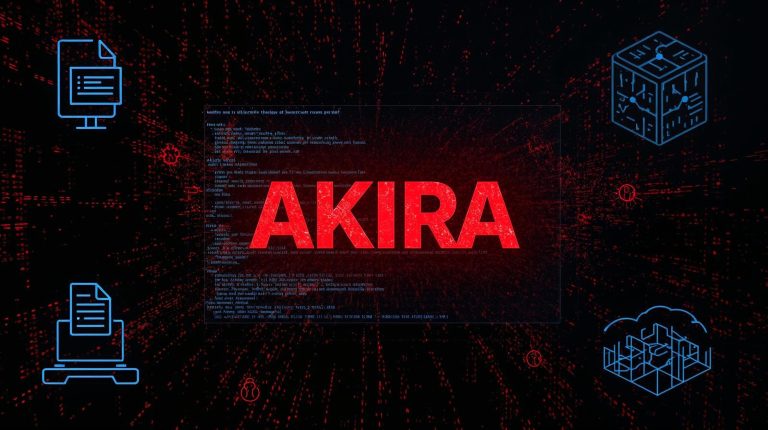
A U.S. cyber strike force uses advanced blockchain forensics to take down global crypto scam networks.
The crypto scam crackdown is quickly shifting from a background concern into a central news story for anyone monitoring digital finance. This push begins in call centers across Southeast Asia.
In these environments, operators adopt fake financial identities and convince unsuspecting investors to transfer their assets into secret channels.
Recently, a U.S.-led strike force set out to disrupt these illegal networks. U.S. Attorney Jeanine Pirro has explained that this move directly supports President Donald Trump’s vision to make crypto safe for every investor.
How Crypto Scams Became a Cross-Border Crisis
Online fraud today is no longer an isolated threat. In 2025, crime groups are organized on a global level. Scam centers function like real technology businesses. Employees are trained to mimic the language of investment advisers, drawing victims into complex digital schemes.
Once their funds enter the blockchain ecosystem, assets move through exchanges and privacy tools that obscure nearly every trace.
Southeast Asia is the current focus because these regions offer cheaper infrastructure paired with less regulatory scrutiny. This makes them popular for international crime.
The digital loss affects people everywhere, but the pain is felt most by American investors.
The Mechanics Behind the Crackdown
To confront these attacks, U.S. agencies have formed partnerships with technical experts and global law enforcement teams. Blockchain analytics, once promoted for privacy, has now become an effective investigative tool. Analysts use transaction mapping technology.
They follow the pathway of illicit funds, step by step, through the blockchain.
Consider each transaction a drop of color in a running stream. With improved forensics, those drops are tracked across the current, which helps experts spot and halt stolen assets before they disappear for good.
Technology companies play an essential role in this work. These organizations provide scanning tools and support detection efforts so suspicious wallet activities are reported and halted quickly.
What’s at Stake for Investors and the Industry
The losses are staggering. Americans lost billions to crypto fraud last year, breaking past records. Every theft is personal. One family’s savings may be wiped out, another person’s trust shattered. Real people are behind these losses, not statistics.
U.S. policy now places digital asset safety at the core of trust in crypto. The president’s focus on investor protection brings urgency to the crackdown and signals a shift to greater coordination and accountability.
Beyond the Immediate Response
Lasting success requires more than arresting criminals. Investors need new digital literacy skills so they can spot scams and protect themselves. Many call center workers abroad are victims as well. Some are forced into illegal work through threats or deception.
Technology platforms now face a higher standard. Companies that invest in stronger fraud controls, user protections, and transparent reporting are setting an example for digital trust.
The Takeaway
The U.S. crypto scam crackdown reflects a global effort and shared responsibility. Whether these actions restore trust in digital finance remains to be seen. Success may create safer digital markets for new investors. If fraud persists, the battle over trust in crypto will shape its next chapter.














